“…I am often thinking about what is eternal about our existence,” says photographer Jessica Todd Harper about what goes through her minds as she photographs. “Most of the time we fill our lives with immediate needs and wants but I think the most satisfying and nourishing moments in life remind us of the bigger picture and how we are connected to it.” This is a huge part of her new book entitled “Here.” Combined with her unique and painterly photographs of everyday life, Ms. Harper puts a beautiful spin on moments many of us would otherwise find mundane.
Jessica Todd Harper: Here can be purchased for $55 on Amazon.
Phoblographer: A lot of your photos have been likened to paintings. But there’s something that makes us dumbstruck by your photos that makes us think of so many other things in the frame. How do you select your subjects and the locations?
Jessica Todd Harper: My 6-year-old son once described the pleasure that came with listening to a really good story as a special feeling right outside his forehead. I liked that because I think when we encounter beauty, we are often transported outside ourselves, and we feel a certain indescribable pleasure. When I make pictures, I am trying to translate that feeling into an image. So the “dumbstruck” feeling that generates a desire to look around at everything in the frame and the sense that the photograph is other than what it is (it looks like a painting) is perhaps the result of being transported by beauty. The subjects and locations are from my daily life, but the light has a lot to do with it. It is often the light that inspires me to take my camera out. It can transform the everyday into something transcendent.
Phoblographer: Are these photos a combination of both set design and documentary style work? They’re so incredibly picturesque that it seems that way. How much control do you really try to have over scenes like these?
Jessica Todd Harper: When I was younger and had more time I “waited for the spirit to move me” so to speak and photographed whenever I saw something beautiful. But now, I am often more premeditated. Most of the time, I start with the light. I notice when the light is good in certain spaces, and then I plan to have subjects on hand. The pictures use real people doing things they do anyway, but they have more in common with Andrew Wyeth or Mary Cassatt (who also used real friends and family doing things they might do anyway) than they do with photojournalism.
Phoblographer: When you see a moment, can you tell us about what goes through your heart and mind that makes you click the shutter? How do your own emotions tie into all this?
Jessica Todd Harper: In looking for what is beautiful, I am often thinking about what is eternal about our existence. Most of the time we fill our lives with immediate needs and wants but I think the most satisfying and nourishing moments in life remind us of the bigger picture and how we are connected to it. Often my work is about a certain kind of pausing that takes us out of the day-to-day rush. Because we live in time, whatever transcendent moments we have are quickly over, but a photograph can preserve that pause.
Phoblographer: Talk to us about the gear that you use. How do you feel it helps you put forth your creative vision?
Jessica Todd Harper: Photography has always struck me as particularly apropos to work that considers the ephemerality of transcendence. I enjoy that part. I use a Nikon DSLR and often a tripod either because I’m in the picture or because, since I am a big fan of natural light, I am often working with low light!
Phoblographer: The colors in your scenes are so incredibly important. Would you say that you consider it to be a major part of how you compose photos?
Jessica Todd Harper: Yes. Incidentally, I am a synesthete: someone whose senses are cross-wired. Abstract things like letters and numbers, feelings and music–all these things are experienced in color for me. I grew up thinking everyone experienced the world like that but apparently it’s rare. That said, from what I understand, many synesthetes are artists–Kandinsky, for example. In any case, yes, color is important, but not in a way I consciously think about – it’s pretty intuitive.
Phoblographer: How did the pandemic change you creatively?
Jessica Todd Harper: The title of the book is about paying attention to what is in front of you. I think that the pandemic made many of us do that in a new way. As our worlds became smaller, we contemplated what was right in front of us more because we couldn’t go anywhere else! The book has pictures from before the pandemic as well as during it but the last couple years put an emphasis on home life and the people you see every day in a whole new way.
The Fujifilm X-H2s is the camera for the photographer who wants to shoot everything while spending the least time possible behind a computer.
All images by Jessica Todd Harper. Used with permission. For more, check out her website. Want to know how you can be featured? Click here to see how.


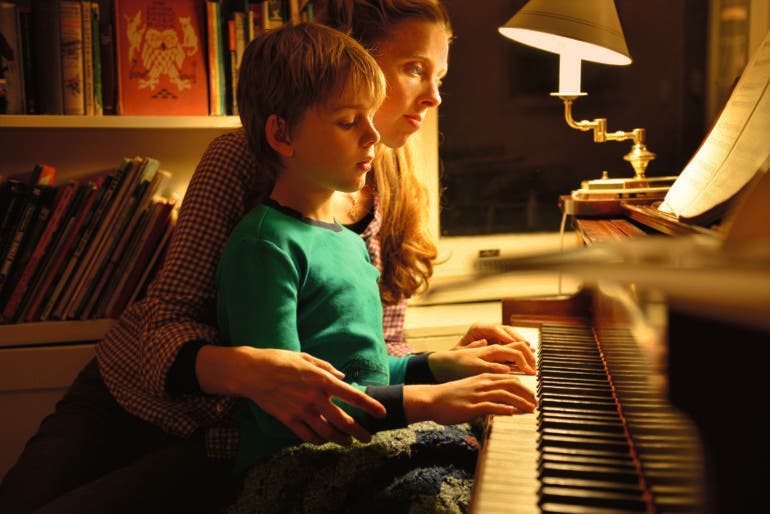

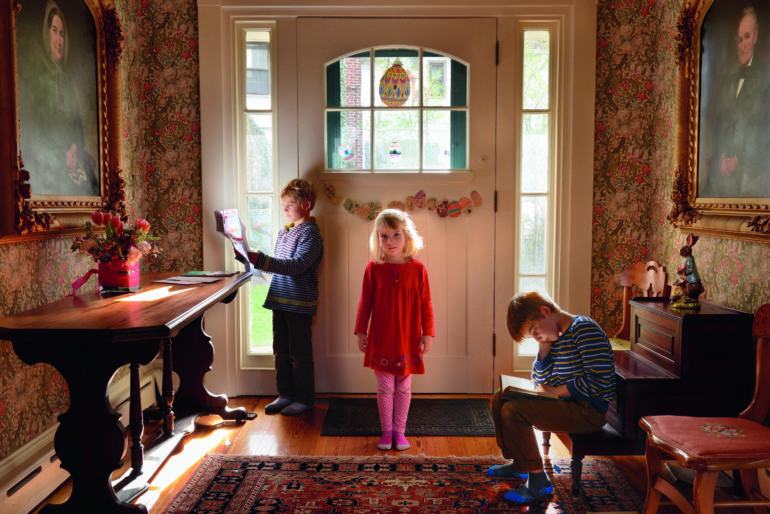
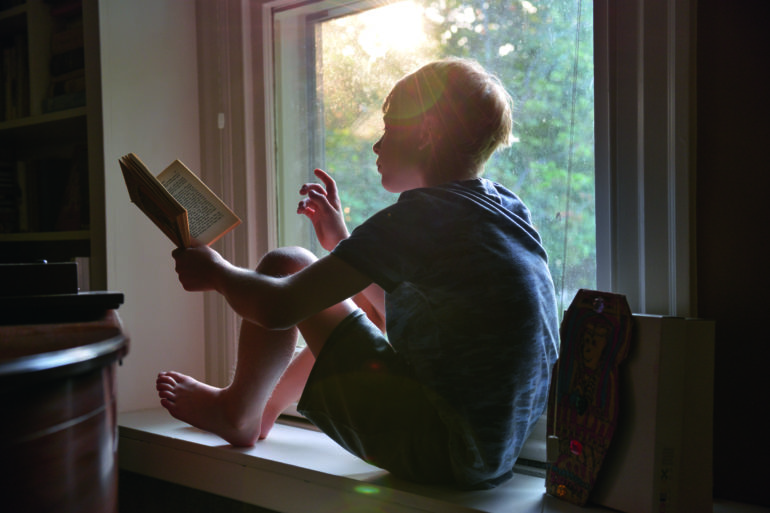
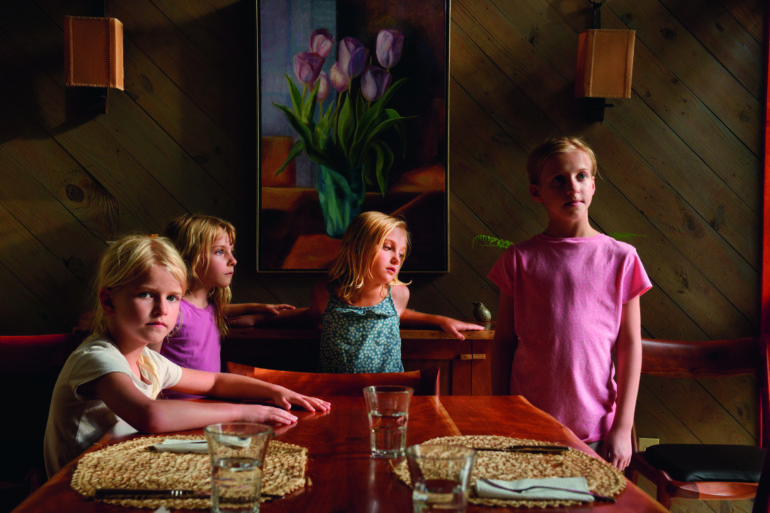
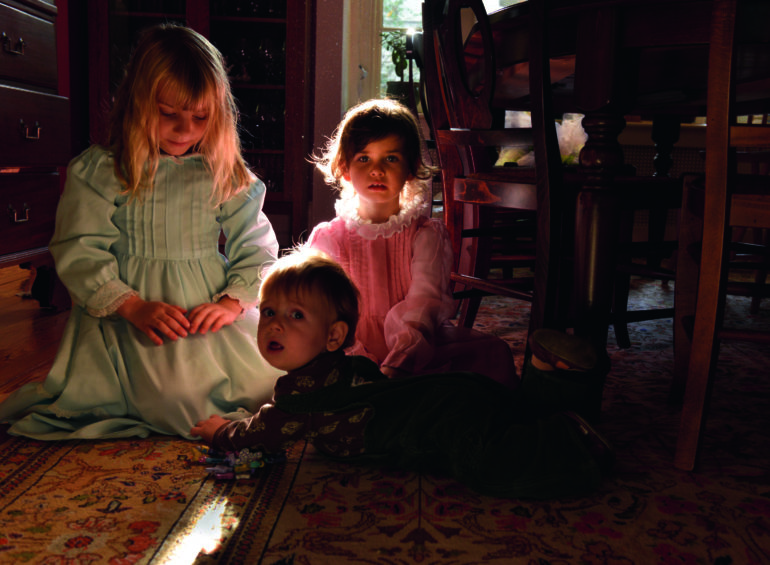
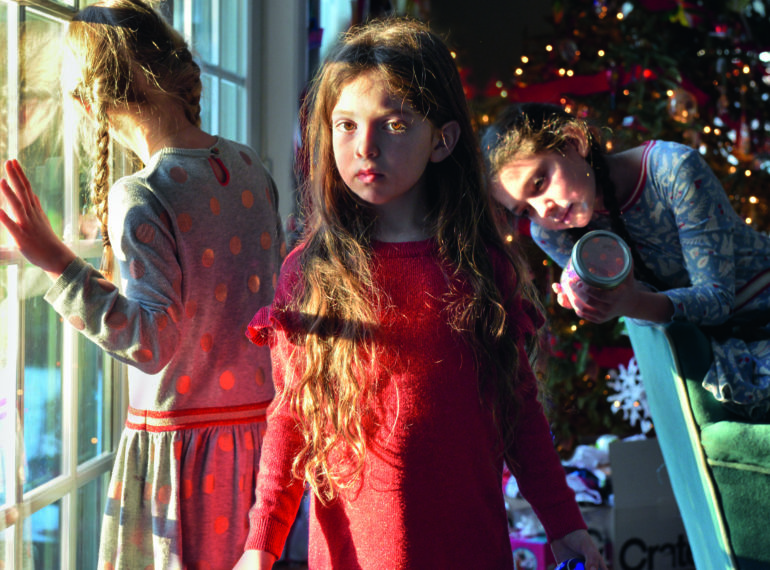
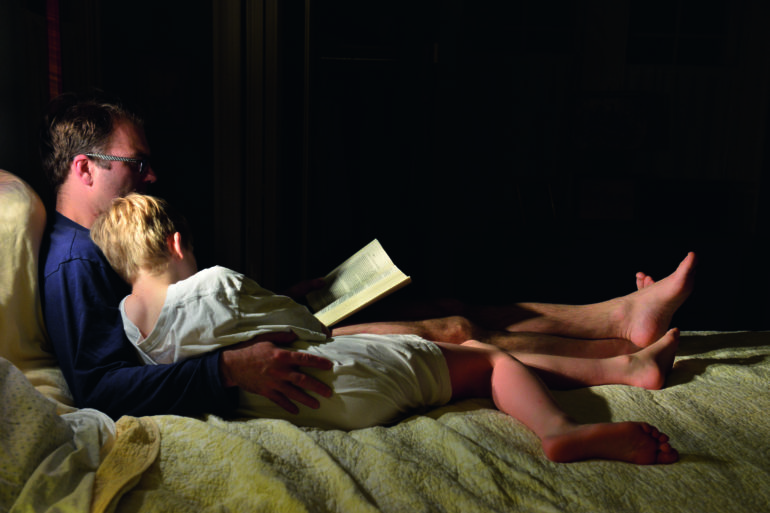
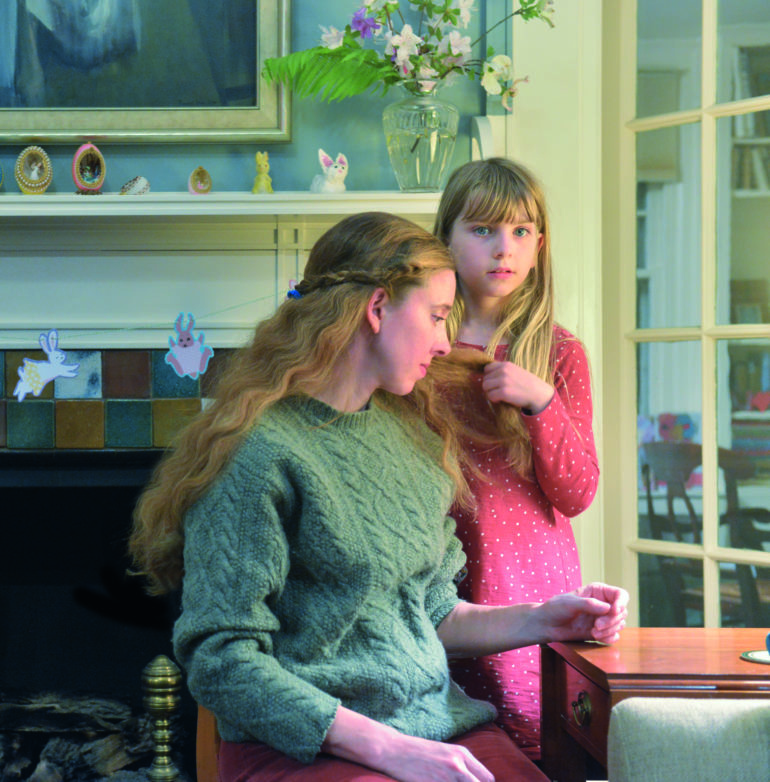
Leave a Reply